
A nanobrewery is a small-scale brewery that produces fewer than three barrels (93 gallons) of beer per batch. The term "nanobrewery" suggests that it is even smaller in scale than a microbrewery, which can produce up to 15,000 barrels annually. Nanobreweries are often run by passionate homebrewers who turn their hobby into a business. They offer beer enthusiasts a unique and personalized experience, experimenting with different flavors and styles on a smaller scale.
Key Features of a Nanobrewery
Small Batches: Nanobreweries focus on small-batch production, allowing brewers to experiment with various recipes and styles.Handcrafted Approach: These breweries emphasize hands-on, artisanal brewing methods, with brewers involved in every step of the process.
Local and Unique Products: Nanobreweries often cater to local or niche markets, offering unique and experimental beers that stand out.
Limited Distribution: Due to their smaller scale, nanobreweries typically have limited distribution, selling primarily on-site or through local outlets.
Community Engagement: Many nanobreweries actively engage with their local communities, building a loyal customer base through events, tastings, and direct sales.
Flexibility and Innovation: The small scale of a nanobrewery allows for flexibility and innovation, encouraging the use of different ingredients and brewing techniques.
Brewing Process in a Nanobrewery
The brewing process in a nanobrewery is similar to that of larger breweries but on a smaller scale. It involves four main steps: milling, mashing, boiling, and fermentation.Milling: The first step is milling, where grains are crushed to expose their starches. This can be done using a grain mill, which can be purchased from homebrew supply stores. The crushed grains are then transferred to the mash tun.
Mashing: In the mash tun, the milled grains are mixed with hot water to create a mash. The mash is heated to specific temperatures, usually between 148–158°F, to activate enzymes that convert starches into fermentable sugars. This process typically takes about an hour and is crucial in determining the beer's flavor and alcohol content.
Boiling: Once the mash is complete, the liquid (now called wort) is transferred to the brew kettle and boiled for about an hour. During this time, hops are added to the wort to impart bitterness, flavor, and aroma to the beer. The longer the hops are boiled, the more bitter the beer will become.
Fermentation: After boiling, the wort is cooled and transferred to a fermentation tank, where yeast is added. The yeast consumes the sugars in the wort, producing alcohol and carbon dioxide. The fermentation process can take anywhere from a few days to several weeks, depending on the type of beer being brewed.
Equipment System in a Nanobrewery
Mash Tun: The mash tun is where milled grains are mixed with hot water to create wort. It is typically a large insulated vessel with a false bottom to separate the liquid from the grains.Brew Kettle: The brew kettle is where the wort is boiled and hops are added. It is usually a large stainless-steel pot with a lid and spigot for transferring the wort.
Fermentation Tanks: Fermentation tanks are where the wort is transferred and yeast is added. They can be made of stainless steel, glass, or plastic and can be customized to different sizes.
Cooling System: After boiling, the wort needs to be cooled before transferring to the fermentation tank. A wort chiller or other cooling systems are essential for this step.
Cleaning and Sanitizing Equipment: Proper cleaning and sanitizing of equipment during the brewing process are critical to preventing contamination and off-flavors. This includes brushes, cleaners, and sanitizers.
Bottling or Kegging Equipment: After fermentation is complete, the beer needs to be bottled or kegged for consumption. This requires additional equipment, such as bottles, caps, a capping machine, or a kegging system.
Differences Between a Nanobrewery and a Microbrewery
A microbrewery is a small brewery that produces a limited amount of beer. These businesses emphasize quality and often experiment with unique ingredients and brewing techniques to create distinct flavors. While there are no fixed production limits for classifying a brewery as a microbrewery, they typically produce no more than 15,000 barrels of beer annually.One of the distinguishing features of microbreweries is their independence. Unlike large commercial breweries, microbreweries are usually independently owned and operated. This independence allows them the freedom to innovate and cater to niche markets, offering a wide variety of options to beer enthusiasts.
Does Starting a Nanobrewery Require a Lot of Money?
While the initial investment for a nanobrewery is not as high as for a large industrial brewery, it does require significant capital. Additionally, ongoing operational costs such as raw materials, labor, and energy consumption must be considered. The key factors influencing the investment are:Equipment Costs: A nanobrewery requires quality equipment, including fermentation tanks, brewing vessels, and cooling systems. These items need to be purchased, installed, and commissioned, all of which can be expensive.
Raw Material Costs: The primary ingredients for beer are malt, hops, yeast, and water. Although production is smaller, the quality and cost of these raw materials must be factored in if you want to produce high-quality beer.
Labor Costs: Running a brewery requires skilled brewers and staff for production and maintenance. While smaller in scale, the need for quality control and management of the brewing process is just as demanding, which can drive up labor costs.
Legal and Licensing Costs: In many countries and regions, brewing is subject to strict legal and regulatory requirements. This includes obtaining alcohol licenses, safety inspections, and complying with environmental regulations, all of which can add to startup costs.
Marketing and Sales Costs: A nanobrewery needs to invest in branding, marketing, and sales channels. These costs also need to be considered.
Can I Start a Nanobrewery?
Absolutely! You need to understand the channels for selling your beer and estimate your potential sales volume, as this will help determine the size of your brewery. Building a brewery without considering sales could lead to high costs if the beer doesn't sell. If you’re considering starting a nanobrewery, we can provide turnkey solutions for your brewery setup.Still have a problem on choosing the brewery equipment? We can help with your final decision. If you are looking for a turnkey solution for craft beer brewing system, please contact us. We are looking forward to working with you. Send an email now: [email protected]




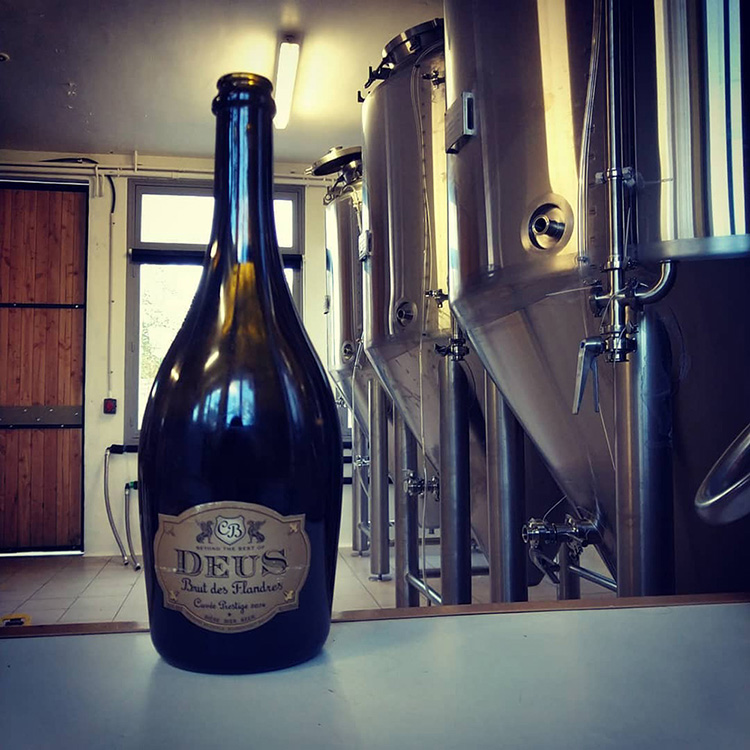
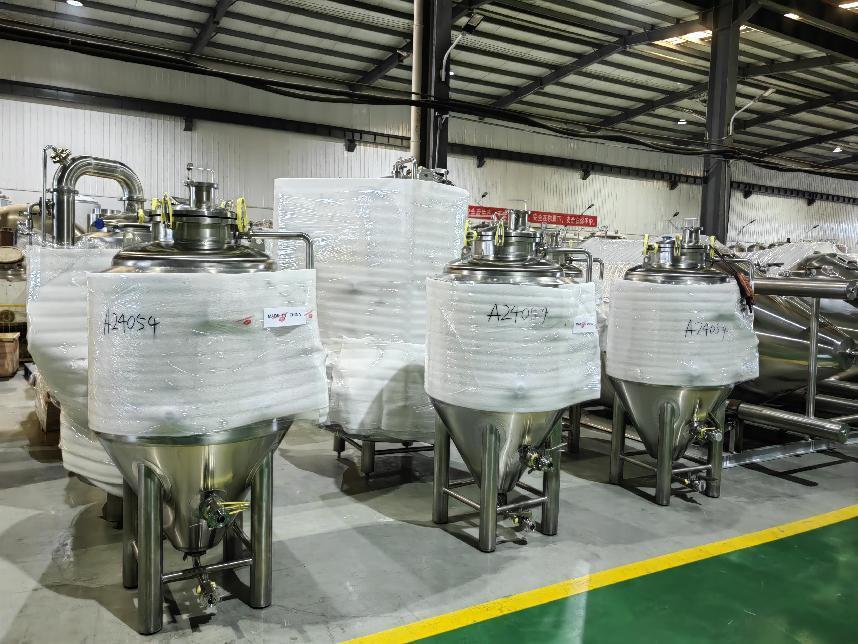

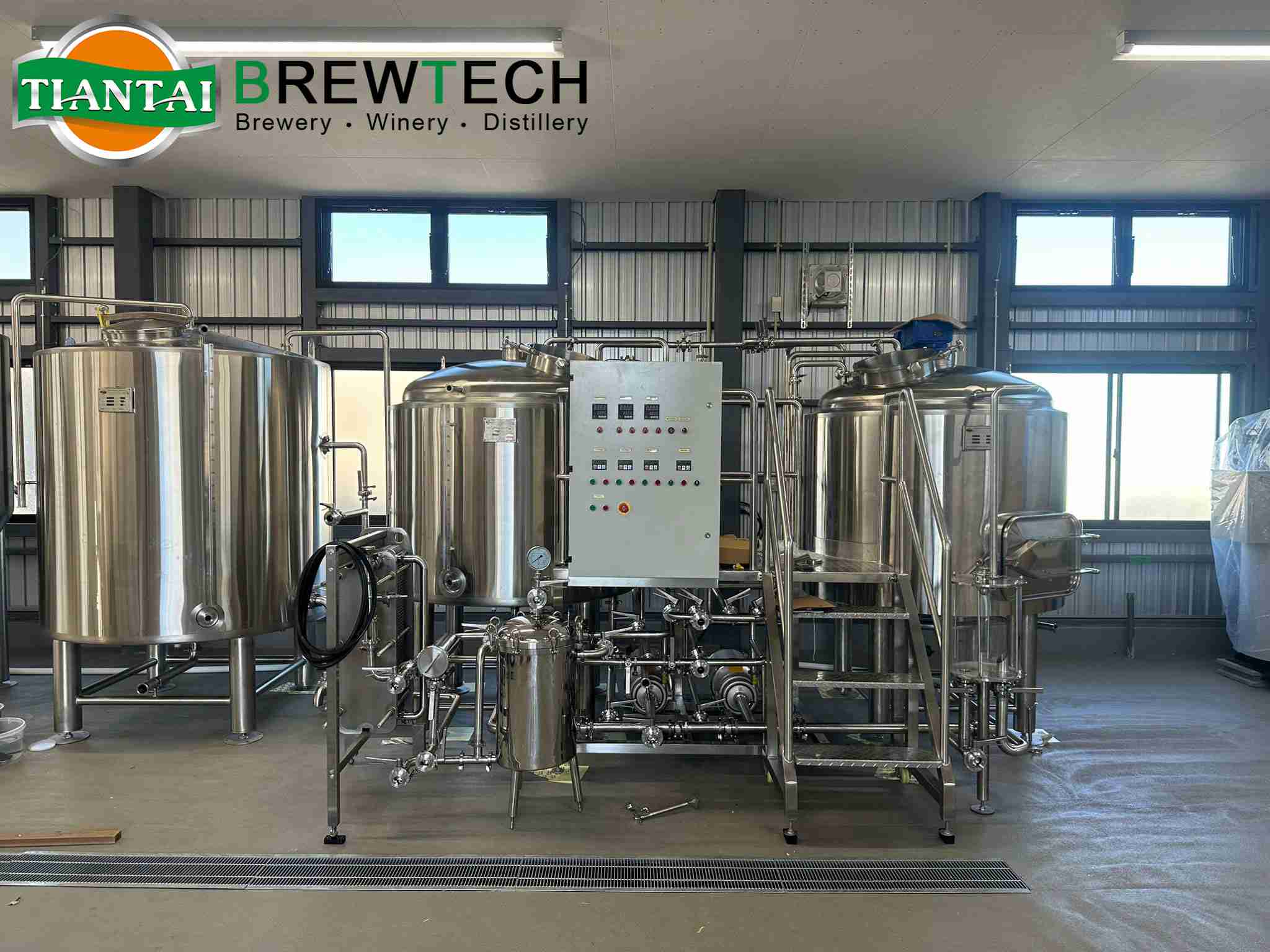
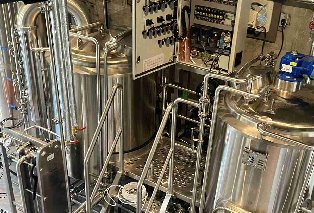
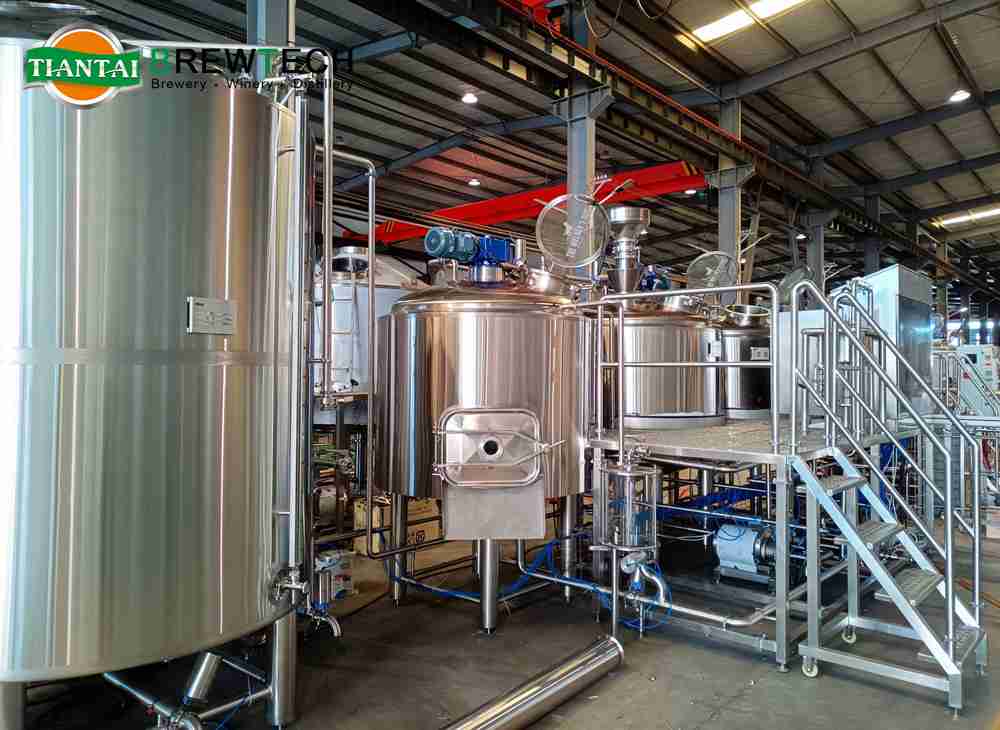
Get A Quote